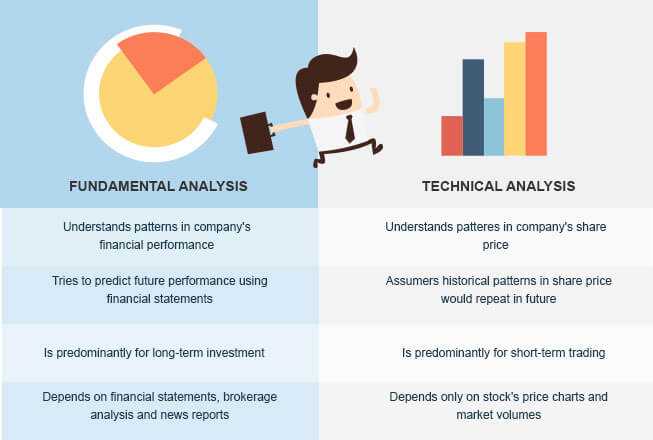When trading cryptocurrencies, speculative factors are not the only ones that matter. Fundamentals play an important role, too. Or do they? What are fundamental factors in a market with no solid rules or established regulation? Read the full article to learn more.
When talking about stocks, professional investors often refer to fundamental factors (or fundamentals) as an indicator of their performance. The purpose of fundamental analysis is to find the asset’s intrinsic value, which can be quite different from the market price.
Overhyped hi-tech giants like Apple and Tesla are traded at a huge premium. For speculative traders this is not a problem as long as the stock price is expected to go up. For a value investor, who is more conservative and cautious by nature, it can significantly decrease company’s attractiveness, as he is looking for long-term opportunities. Overpriced stocks will sooner or later begin to slip, not being able to provide expected results.
Value investing
Value investing is about finding promising and at the same time undervalued companies with good enough fundamentals. Traders use different analysis tools to evaluate companies: Earnings per Share (EPS), Price to Earnings Ratio (P/E), Return on Equity (ROE) etc. However, none of them can be applied to cryptocurrency analysis due to the different nature of the underlying asset.

The question is what instruments can be used to evaluate crypto assets from the fundamental point of view. Cryptocurrencies are not only hard to analyze professionally, they also lack relevant history of observation (bitcoin made its first appearance in 2009, most popular cryptocurrencies much later). The cryptocurrency market operates differently from the equity one. Willy Woo, a bitcoin and alt-coin investment analyst, suggested to use the market cap to volume ratio as an alternative to P/E. The formula will, therefore, look the following:
Cryptocurrency PE Ratio = Network Value / Volume
How to use this formula?
Value investing principles are the continuation of the well-known “buy low, sell high” maxim. It implies buying assets with low PE ratio and selling them when the latter becomes high enough. In case of cryptocurrencies, relatively high trading volumes accompanied by the relatively low network value hint at lucrative buying opportunities. When the opposite is true, it is probably time to get rid of the asset, as it may be out of growth potential (again, according to this particular theory).

Now, how exactly do you do your math? In order to calculate the PE ratio of any cryptocurrency, take its respective market cap and divide it by the daily trading volume. As of recently,
- bitcoin has a PE ratio of 25,
- Ethereum — 42,
- Ripple — 67,
- Bitcoin Cash — 44,
- Litecoin — 13.
When making an investment-related decision, value investor will compare the PE ratios of different cryptocurrencies and pick those with the lowest values. In this case, Litecoin and bitcoin sound like the most promising choices. This formula can be applied to any cryptocurrency of your choice. Of course, this ratio is not the only factor to be considered when committing to a certain asset. Past performance, analytical reports and legislation changes — all have to be taken into account.
Value investing is not the only approach to cryptocurrency buying and selling. Growth investors believe that intrinsic value doesn’t matter as long as the asset demonstrates decent growth. During the previous one year this approach has actually demonstrated better performance than value investing. However, as certain experts believe, the crypto market will behave differently as it grows and matures.
Conclusion
Whatever the model you use to evaluate fundamental factors in cryptocurrency trading don’t forget that speculative element is still an integral part of the process. People buy bitcoin because they expect it to grow and sell when future price surge seems to be less probable. Combine different approaches for maximum effectiveness: understanding both fundamental and speculative factors can greatly increase your chances of pulling off a successful deal.

